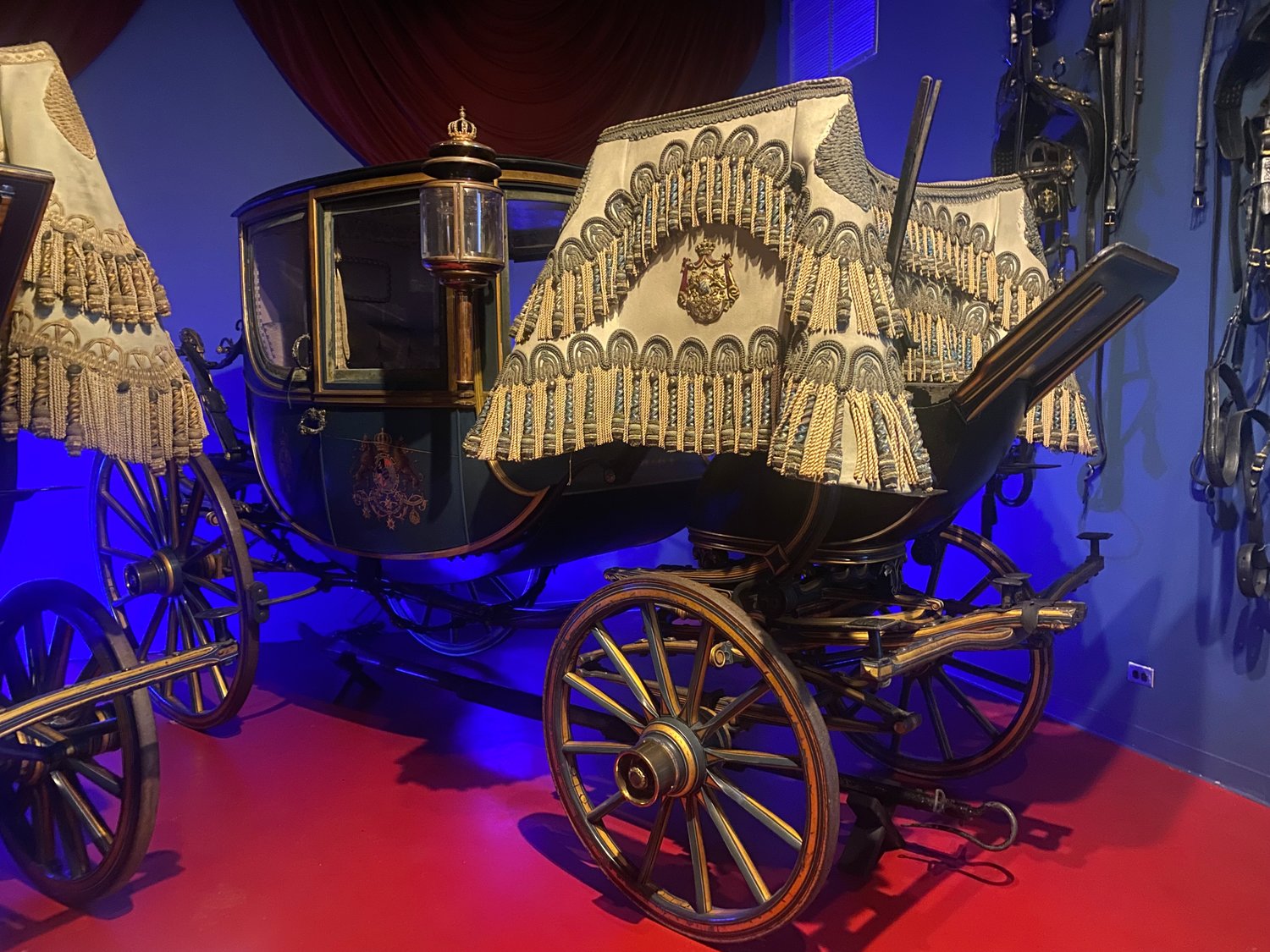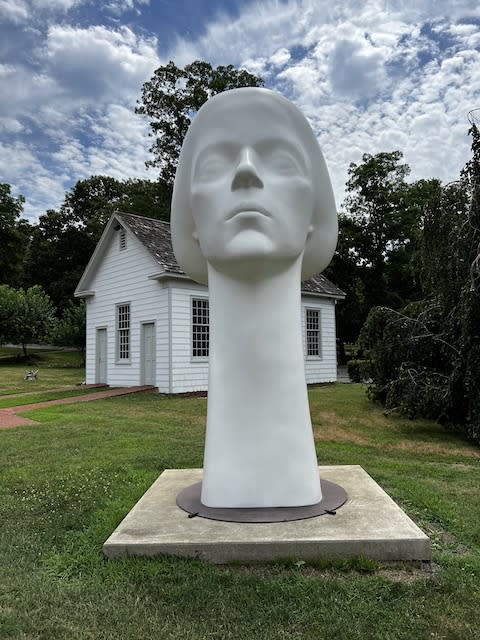Browse The Long Island Museum Map
Browse The Long Island Museum Map
Blog Article
Discover the Rich History of Long Island at This Fascinating Museum
As visitors go across through displays detailing the Industrial Change's influence and Long Island's maritime heritage, a deeper understanding of the region's development begins to arise. Keep tuned as we discover Long Island's modern era, shedding light on exactly how the previous proceeds to reverberate in the existing.
Indigenous American Impacts on Long Island
The Indigenous American impacts on Long Island have actually played a significant role fit the area's social heritage and historic advancement. Lengthy prior to European settlers showed up, the land now called Long Island was lived in by numerous Indigenous American people, consisting of the Massapequas, Montauketts, and Shinnecocks. These people lived off the land, fishing in the abundant waters surrounding the island and cultivating the productive soil for agriculture.
The Native Americans on Long Island had a rich spiritual and cultural practice, noticeable in their detailed art work, typical dancings, and dental storytelling. Their deep connection to the land is reflected in the names of many towns and spots on Long Island, which stemmed from the languages of these native peoples.

Colonial Heritage and Very Early Negotiations
With the arrival of European settlers, Long Island's landscape began to go through significant improvements as early american heritage and early negotiations settled in the region. The Dutch were amongst the very first Europeans to establish an existence on Long Island, with settlements such as New Amsterdam (present-day New York City) playing an essential role in the island's colonial history. Later, the English obtained control of the region, forming the architectural and cultural landscape with the establishment of communities and villages.
One of one of the most noteworthy very early negotiations on Long Island was Southampton, established in 1640 by English Puritans looking for spiritual liberty. This marked the beginning of arranged European negotiation on the island, leading the way for additional development and development. In time, more towns and villages emerged, each with its very own distinct personality and payment to Long Island's colonial heritage.
As these early negotiations grew, they created the structure for the diverse communities that exist on Long Island today. The colonial heritage of the region continues to be commemorated and preserved, supplying visitors a look right into the past and an admiration for the rich background that formed Long Island into what it is today.
Industrial Revolution and Maritime History
Throughout a period of extensive transformation and technological improvement, Long Island's commercial revolution linked with its maritime background, shaping the region's financial landscape in unmatched means (The Long Island Museum weather). The Industrial Change, which began in the late 18th century, brought substantial modifications to Long Island's economy.
Long Island's proximity to New York City additionally contributed to its financial prosperity, as items might quickly be transported between the 2 regions. Today, residues of Long Island's commercial and maritime past can be explored at museums and historic sites, supplying a peek into the area's rich background.
Long Island in the Modern Era
Long Island's evolution in the modern-day era shows a blend of practice and development, shaping its contemporary identification. As one of one of the most densely booming regions in the United States, Long Island has actually ended up being a center for diverse industries, varying from innovation and health care to finance and tourism (The Long Island Museum). The island's proximity to New York City has played a substantial role in its development, with lots of commuters selecting to stay in its country neighborhoods
In current years, Long Island has observed a rise in sustainable campaigns targeted at preserving its all-natural charm and combating environment adjustment. The preservation of its seaside areas, such as the Fire Island National Seashore, highlights the island's dedication to environmental conservation. In Addition, Long Island's social scene has actually thrived, with art galleries, songs locations, and theaters adding to its lively social landscape.
In addition, the contemporary era has actually seen Long Island welcome diversity and addition, with a growing populace of immigrants adding to its rich tapestry of cultures. Overall, Long Island continues to progress, balancing its rich background with contemporary development to form a durable and vibrant community.
Special Exhibits and Approaching Occasions
Mirroring Long Island's vibrant cultural landscape and dedication to development, the museum is currently hosting a series of special events and excitedly anticipates approaching occasions. Among the unique exhibits presently on display screen is "Long Island Through the Ages," which traces the island's abundant history from its early indigenous inhabitants to the here and now day. This exhibit showcases multimedia, papers, and artifacts discussions that give an extensive take a look at the diverse heritage of Long Island.
Along with the recurring unique exhibits, the museum is gearing up for an exciting schedule of upcoming occasions. Visitors can eagerly anticipate a lecture collection including popular historians and neighborhood specialists talking about numerous elements of Long Island's history. There will certainly likewise be hands-on workshops where attendees can find out standard crafts and skills that have actually been passed down via generations on the island.
These unique exhibitions and upcoming occasions not only enrich the gallery experience but additionally work as a testimony to Long Island's lively cultural tapestry and the gallery's devotion to protecting and sharing its heritage with the community. The Long Island Museum location.
Conclusion
Finally, the museum offers a detailed look at the abundant history of Long Island, from Native American impacts to colonial heritage, industrial change, and contemporary period developments. With unique exhibitions and upcoming events, site visitors can delve view publisher site much deeper right into the varied cultural and historical facets of the region. Whether you're a history fanatic or simply curious concerning Long Island's past, this gallery offers an exciting experience for all.
Lengthy before European settlers got here, the land now recognized as Long Island was occupied by numerous Native American tribes, consisting of the Massapequas, Montauketts, and Shinnecocks. The Dutch were among the very first Europeans to develop a visibility on Long Island, with settlements such as New Amsterdam (contemporary New York City) playing an important role in the island's early american history. Today, remnants of Long Island's maritime and industrial past can be discovered at museums and historical websites, offering a look right into the region's abundant history.

Please visit one of our local supporters - The Modern Medicare Agency Part D Agent
Report this page